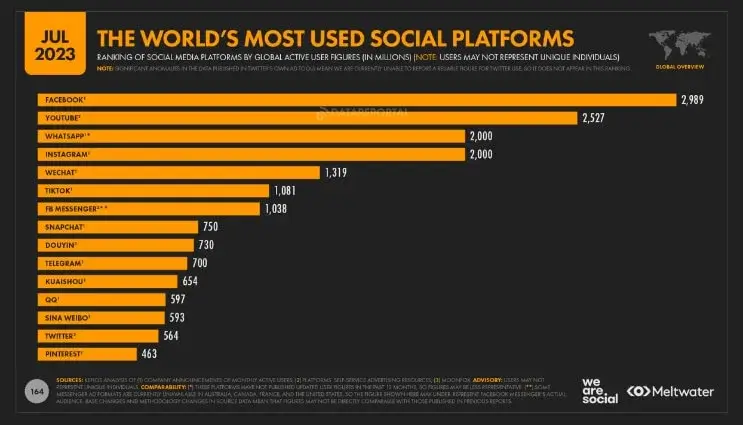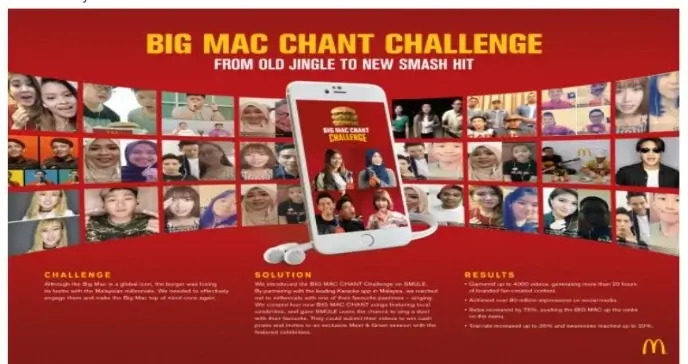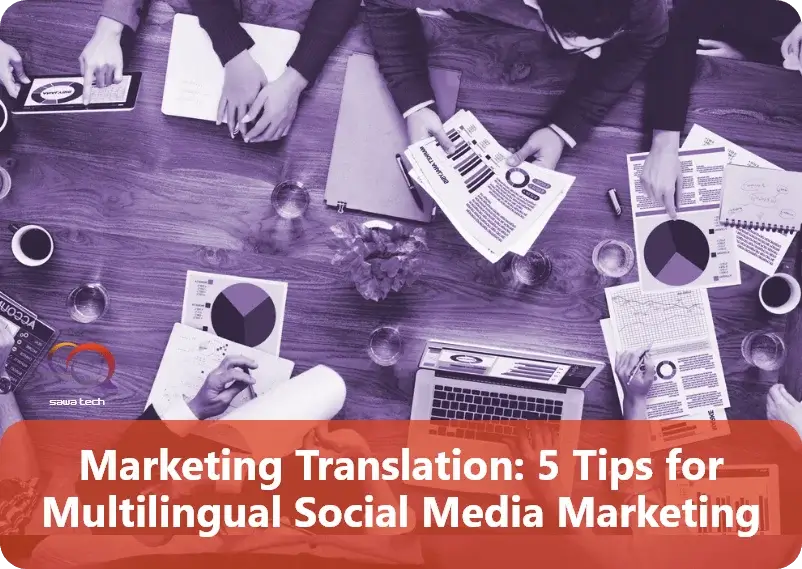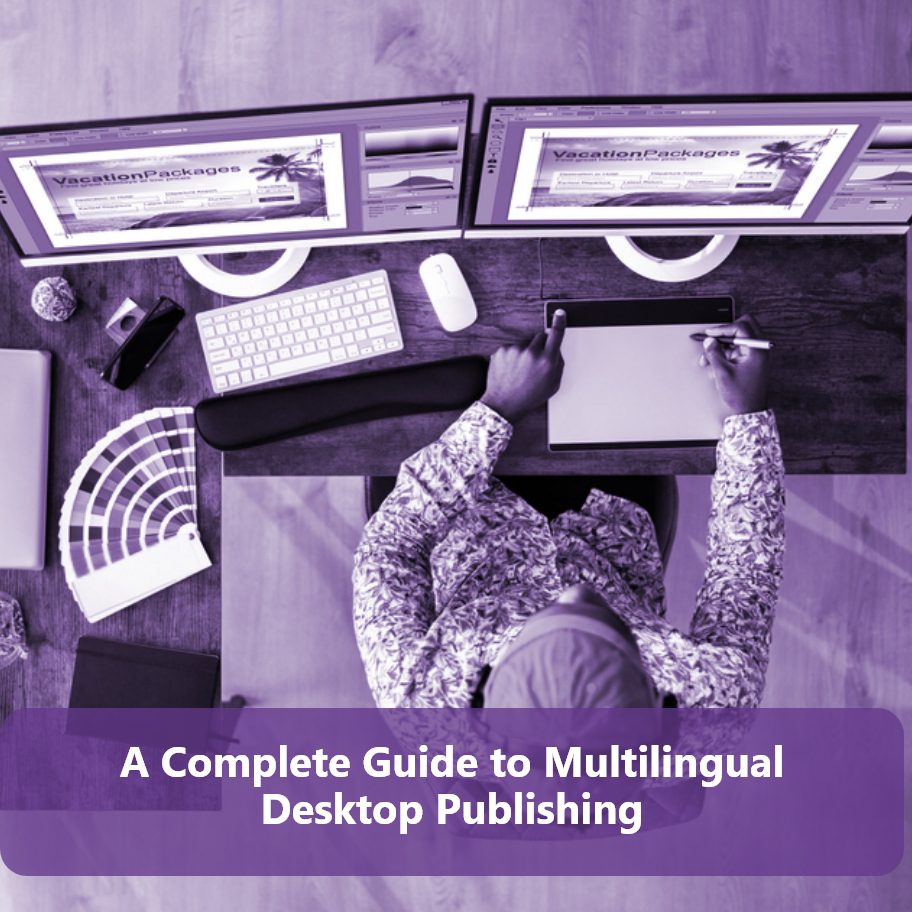According to a 2023 study, the number of social media users has reached 4.9 billion. With a huge number like this, it is no surprise that social media marketing has become an essential part of any comprehensive marketing strategy.
Social media has revolutionized the way businesses communicate with their audience, providing unparalleled opportunities to connect with customers and build brand awareness on a global scale.
However, with the rise of social media comes the challenge of reaching audiences in different regions and cultures, who may speak a different language or have different cultural nuances.
This is where social media marketing translation comes into play.
This guide will take you through a journey on how to leverage multilingual social media marketing, shall we?
Social Media Marketing Translation: The What and Why
Social media marketing refers to the process of leveraging social media platforms such as Facebook, Twitter, Youtube, Instagram, LinkedIn, and more.
The objective is to link your brand with a specific audience, establish an effective online presence, enhance brand recognition, encourage customer engagement, and ultimately elevate sales.

But what happens when you need to connect to an audience that doesn’t speak your language?
Enters Social Media Marketing Translation!
Social media marketing translation is a priority in your digital marketing strategy for several reasons:
- Social media marketing is more interactive and conversational than other forms of digital marketing. Perhaps, this is why it’s more effective than any other forms, for both local and global audiences. Leveraging this powerful channel and providing multilingual content marketing for your social media platforms doesn’t only help you significantly expand your audience reach worldwide, but also establishes a bond with them and positively influences their purchase decisions.
- Social media marketing allows businesses to directly engage with their customers and receive real-time feedback, creating a more personalized and intimate experience. With social media marketing translation, imagine creating personalized experiences to connect with your audiences all around the world.
- Social media marketing translation allows businesses to focus on the demographics and interests of the target audience, thus creating more effective and targeted marketing campaigns that resonate with this audience.
- Social media marketing translation leaves space for user-generated content and influencer marketing in the specific locale, which ensures brand relevance and increases brand credibility.
Thus, establishing a multilingual social media presence is crucial for expanding your brand impact in different target markets. This impact is driven by personalization and relevance that language barriers may hinder otherwise.
But it often comes out as challenging to implement effective social media translation, because make no mistake, when it comes to social media, it’s not about simple language conversion.
That’s why we’re providing the top 5 tips for a successful multilingual social media marketing strategy!
Marketing Translation: 5 Tips for Successful Multilingual Social Media Marketing
1. Don’t Rely on Machine Translation
Machine translation has become increasingly popular in recent years, and many businesses are turning to this technology to translate their social media content for a global audience.
While machine translation can be a tempting option for businesses looking to save time and money, relying solely on machine translation can lead to inaccurate translations that can damage a business’s reputation.
Automated translation frequently generates imprecise and clumsy translations that can cause more harm than good. Machine translation is, after all, a machine and is not capable of understanding the nuances of language and culture. It might produce culturally insensitive or offensive content.
In addition, the nature of social media is a creative conversational one that is full of wit, puns, sarcasm, and similar nuances, for which machine translation would create robotic, bland translations.
In addition, it can generate mistranslations that may go viral for the wrong reasons.
There was a famous incident in 2017 when the US State Department’s Bureau of Consular Affairs tweeted a warning to US citizens traveling to Mexico, which was translated by a machine translation.
At first glance, there’s nothing particularly wrong here. However, in this tweet, the word “violencia” which means “violence” in Spanish, was mistranslated as “violins”. As a result, the tweet went viral on social media, and people started mocking the US government’s warning about “unexpectedly encountering violins” in Mexico.
That went completely wrong.
You don’t want that for your brand, right?
2. Transcreate, Not Translate
Transcreation is the process of adapting creative content, such as advertising slogans and marketing campaigns, from one language to another while maintaining the intent, style, and tone of the original content.
While translation focuses more on accurately conveying the meaning of the source content, transcreation takes into account cultural nuances and the emotional impact of the content on the target audience.
In the context of marketing and social media, transcreation is particularly effective as it ensures that your messages resonate with your target audience and their cultural sensitivities, driving better engagement and more trust in your brand.
Transcreation takes marketing translation to a whole new level. With transcreation, you can create multilingual content that is culturally appropriate and emotionally compelling. It doesn’t seek to create a replica of your original content, but crafts messages that evoke the same response of the source material.
A remarkable illustration of how transcreation can be effective comes with neologisms, which are newly created words or phrases that are not yet established in a language.
By nature, marketing uses conversational language, so neologisms are extremely effective. And transcreation comes in handy here. It helps create new neologisms or uses already existing ones to deliver the same message to your target audience – most of all these neologisms are crafted to offer a degree of personal relevance that appeals to and entices them.
3. Create a Separate Account for Each Language
Maintaining separate social media accounts for each language is an essential part of marketing translation. If you provide multilingual content on one account, it will sound redundant to your users.
In addition, creating a separate account for each language can help you tailor your content to each specific audience. This approach can make it easier to manage content and provide culturally-relevant information while engaging your audience in their mother tongue.
However, it’s important to ensure that each account is consistent with your business’s overall branding and messaging. Meaning, you need to preserve your brand’s identity, tone, and style across all different languages.
One significant example of that is Netflix. Netflix has a separate account for every language, which allows them to adapt and customize their content for their audiences across different languages and regions. For instance, Netflix MENA uses Arabic memes and local pop culture on the platform to speak to their users, increase engagement, and eventually drive sales.
4. Deliver Multilingual Customer Support
Providing multilingual customer support is a key component of a successful multilingual social media marketing translation strategy.
If you provide content in Arabic, for example, but cannot provide assistance to your customers in Arabic as well, you might lose customers who don’t speak your language.
If you can’t speak their language, they don’t trust you – and they won’t buy your services and/or products. It’s the first rule of the multilingual marketing book; if they can’t read, they won’t buy.
Moreover, 89%
of customers are more likely to purchase from a brand again after a satisfying customer service experience. And that’s just not possible if there’s no effective communication in a language your customers understand.
Ultimately, it’s important to understand that providing multilingual customer support drives customer loyalty and credibility.
5. Align Your Calendar to the Target Market
When providing multilingual social media marketing, you need to consider the specific posting times for your target audience. The best engagement times differ from place to place.
Considering the specific locale in your calendar marketing plan will allow you to make use of trends and other time-specific advantages. This means you need to take advantage of national holidays, pop culture, and trending topics, for example.
Moreover, when preparing your monthly marketing plan, you need to consider the different holidays and national events you can use to your advantage.
Multilingual Marketing: Success Stories
Leveraging marketing translation has proven its effectiveness repeatedly for global brands.
Let’s look at success stories!
KFC’s “Finger Lickin’ Good” Campaign
KFC’s “Finger Lickin’ Good” campaign was transcreated into Mandarin when launched in China. The slogan was transcreated into “Eat your Fingers Off,” to convey the English meaning in Mandarin.
The campaign proved successful, generated 1.5 billion impressions on social media, and led to a 14% increase in revenue.
McDonald’s “Big Mac Chant” Campaign
Mcdonald’s launched an innovative campaign, The Big Mac Chant Challenge on its digital platforms that thrilled the internet and its global customers.
Customers were encouraged to showcase their creativity by singing the famous Big Mac Chant in their own unique style and adding a local touch to the chant.
The localization efforts, coupled with the strategic use of digital marketing platforms, made the McDonald’s Big Mac Chant Challenge a resounding success. Not only did it bring excitement to audiences but it also demonstrated the power of leveraging localized content to create a meaningful impact in a digitally connected world.
If you’re looking for the same incredible success, you should follow in these brands’ footsteps and provide a multilingual, tailored social media presence, – but while maintaining brand consistency.

Sawatech: Your Top African Translation Agency
Sawatech is a translation agency based in South Africa. For 11 years, we’ve been delivering translation services in more than 120, specializing in African languages. We provide high-quality, multidisciplinary services, the fastest turnarounds, and cost-effective prices.
Based on our location, we have a wide range of African expertise in Swahili, Arabic, Yoruba, and much more!
If you’re looking for top-notch African language translation, look no further than Sawatech.
The final question remains, should we rely on ChatGPT and AI in translation? That’s fairly your choice.
But if you’re looking for a professional human translation in 120 African languages, Sawatech has got you covered.




